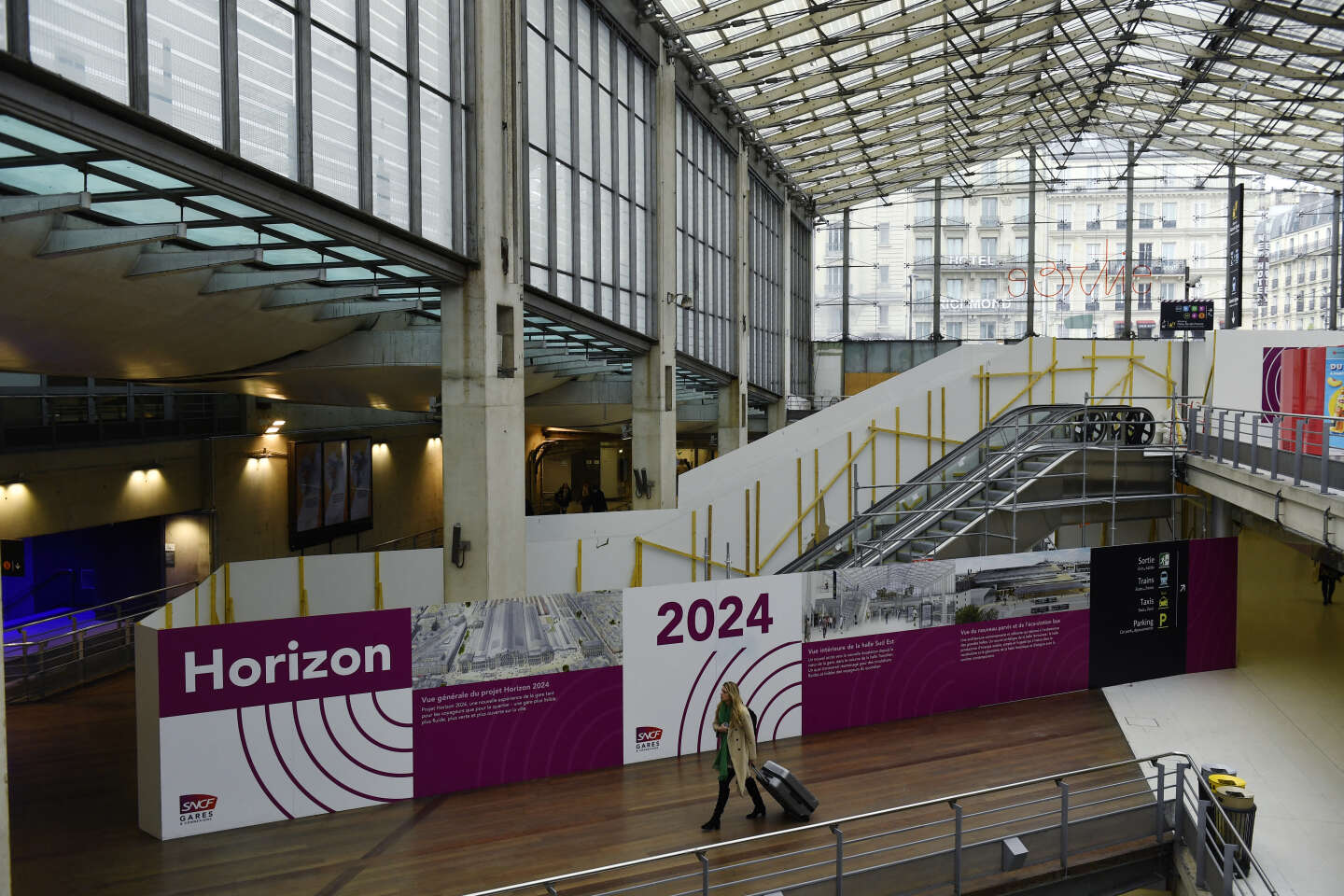Five hundred days before the start of the Paris 2024 Olympic and Paralympic Games, Laurent Probst, the general manager of Ile-de-France Mobilités (IDFM), the organizing authority for transport in Ile-de-France, s try to stay calm. Laurence Debrincat, its director in charge of the JOP, wants to be methodical. But the tension is rising. From Friday July 26 to Sunday August 11, 2024, they will have to ensure that seven million spectators can be transported to the twenty-five sites selected for the events (twelve in Paris, thirteen in the inner and outer suburbs), but also transport the 250,000 “accredited” of the Olympic family (athletes, employees, volunteers, media).
Usually, in the heart of summer, buses, trams, metro trains are less crowded. There, for fifteen days, it will be necessary to transport as many people as “a working day in the middle of winter throughout Ile-de-France on a smaller surface”. And there is no question of taking a breather afterwards: from Wednesday August 28 to Sunday September 8, when Parisians will have returned from vacation and school transport will have resumed, three million spectators are expected for the Paralympic Games at seventeen competition sites.
The pressure on IDFM is particularly strong. The IOC demands that “100% of spectators can reach the sites by public transport”, recalls Laurent Probst. “It’s almost as if we had to manage access to 50 football matches, 50 Stade de France a day! », he explains. In Saint-Denis, peaks of 60,000 spectators per hour are expected, or 1,000 people per minute.
The transport plan, quite exceptional, will be different for each session, and adjusted each day, “in case an athlete team changes training slot”says the CEO. “In short, it’s a real military organization to put in place. » Review of hotspots to watch.
Meet the need for manpower. The frequency of trains and metros must increase by 15% on the lines serving the stadiums. For that, you need staff. Today, operators are struggling to ensure 100% of the supply ordered, which has earned the RATP to pay penalties in 2022. RATP and SNCF are speeding up recruitment, under the rather worried gaze of IDFM . Which estimates at 200 million euros the additional cost that all this represents and is still waiting for the State to confirm the assumption of responsibility. But money worries Laurent Probst almost less than all the sensitive points to be settled.
You have 75.08% of this article left to read. The following is for subscribers only.
